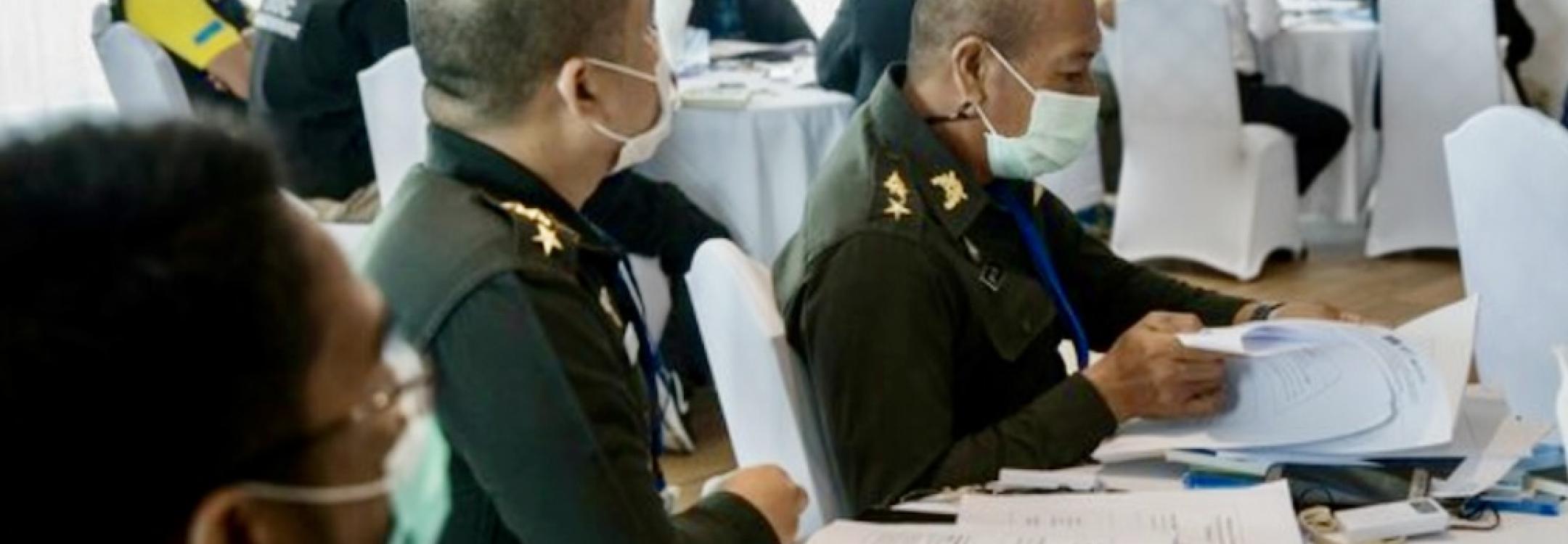
The Association for the Prevention of Torture (APT) is pleased to announce the launch of Mapping Torture Prevention, an innovative visualisation tool that highlights the global progress made in preventing torture through legal and institutional reforms.
For over four decades, states have taken meaningful steps to reduce the risk of torture — from ratifying international treaties to strengthening domestic legislation and establishing oversight mechanisms. While these developments are often difficult to track, Mapping Torture Prevention brings them into clear view. The tool allows users to explore eight key indicators of prevention across 197 countries, spanning the period from 1984 to 2024.
These indicators ‘referred to as positive actions’ are grouped into three overarching categories: international law showing commitments at the international level, national law showing key domestic legal protections, and oversight system showing functioning independent infrastructure at the national level. They include the ratification of the UN Convention against Torture (UNCAT) and its Optional Protocol (OPCAT), the submission of initial report to the Committee against Torture, the prohibition of torture in national legislation and constitutions, the designation and operationalisation of National Preventive Mechanisms (NPMs), and the existence of accredited National Human Rights Institutions (NHRIs).
Users can easily access information on the positive actions taken by states and their implementation timelines, compare data across countries and regions, and analyze global trends. The platform’s user-friendly and multilingual design supports advocacy, education, and research by helping identify gaps and opportunities for further progress.
Mapping Torture Prevention is grounded in APT’s long-standing preventive approach to torture — one that emphasises structural change. It builds on the findings of APT’s 2016 research report Does Torture Prevention Work?, which provided empirical evidence that legal and institutional safeguards significantly reduce the risk of torture when effectively implemented.
Developed in partnership with volunteers from Viz for Social Good, the tool translates complex data into compelling, accessible visual narratives. It is intended as a resource for human rights practitioners, state actors, academics, journalists, and anyone interested in the legal architecture of torture prevention.
We would also like to thank Lotterie Romande and SIG for their support for this project.
(c) Visualisation by Gabrielle Schroeder. https://www.gmschroeder.com/